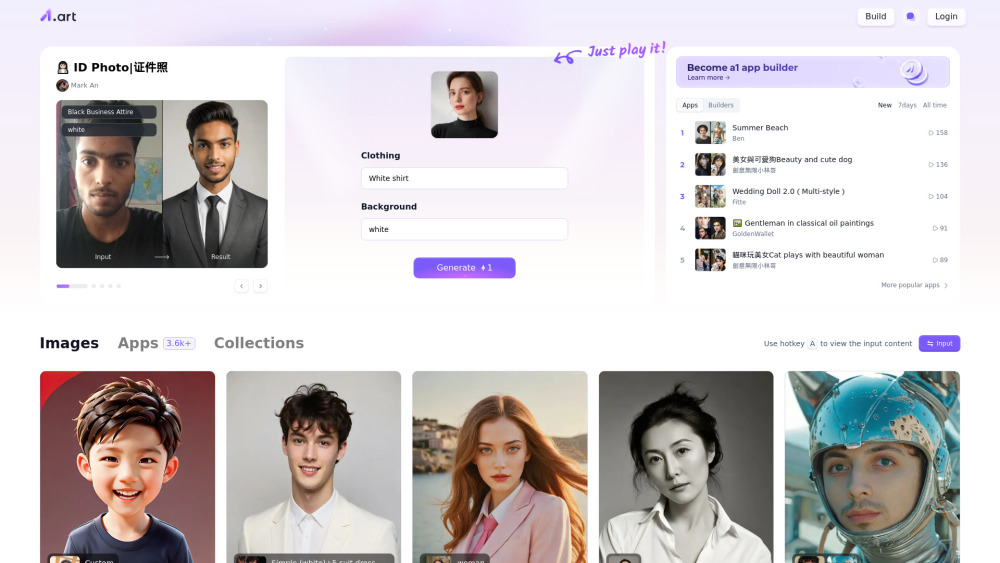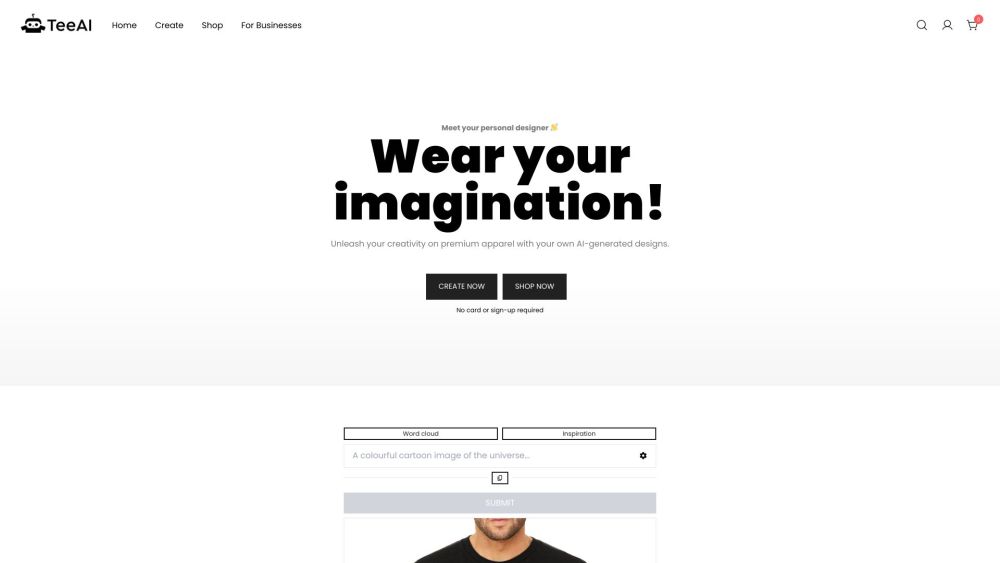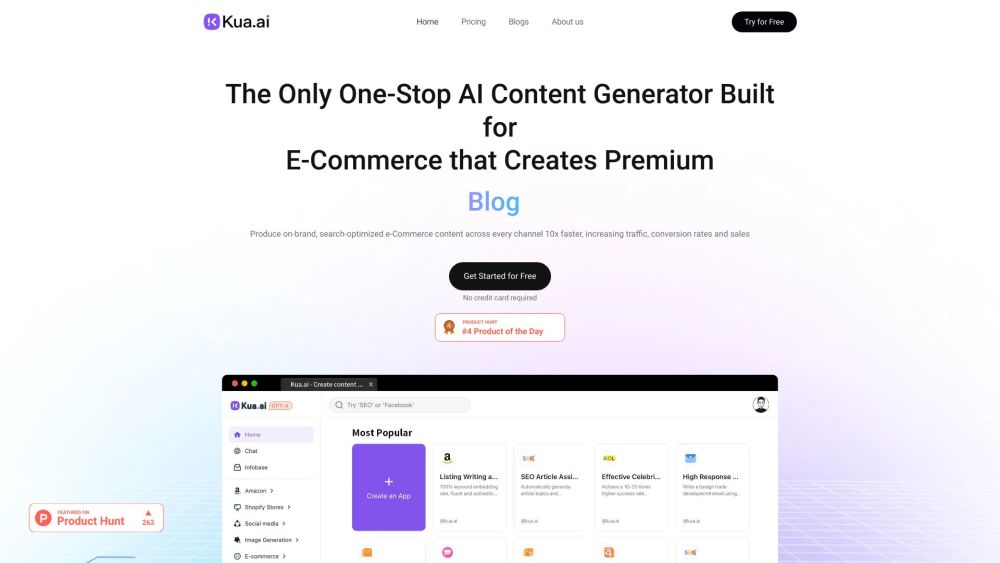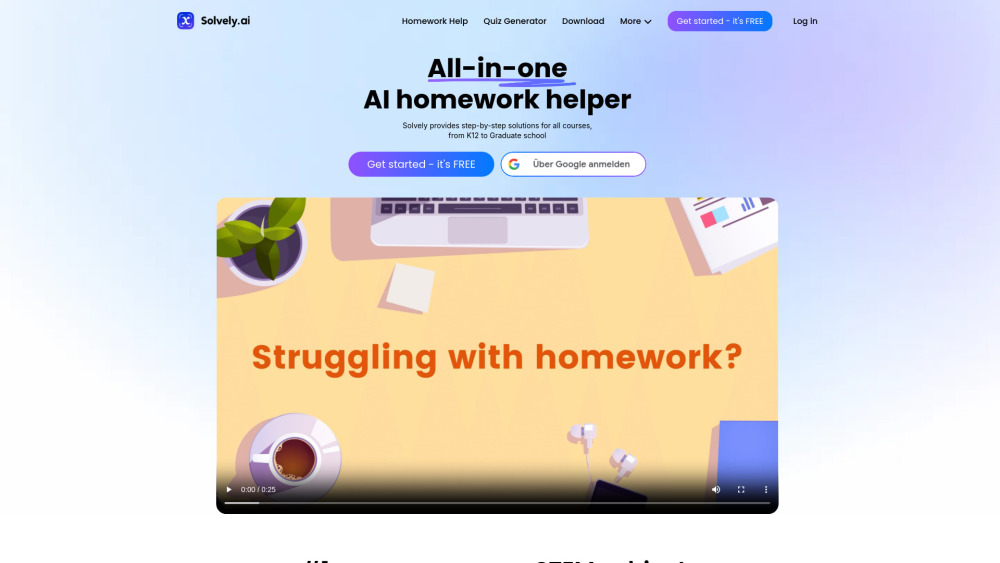What is AIGC? Discover the Types of Content It Can Generate
Most people like

Discover and create captivating AI art applications on our platform. Explore innovative tools that empower your creativity and help you uncover unique artistic expressions through artificial intelligence. Join the community of AI art enthusiasts and elevate your artistic journey today!

Unlock the power of custom t-shirt printing with TeeAI's cutting-edge AI technology. Design unique t-shirts effortlessly and bring your creative ideas to life!

Unlock Ecommerce Success with AI-Powered Content Creation
In today’s competitive online marketplace, leveraging AI content generation can significantly enhance your ecommerce strategy. By automating and optimizing your content creation, you can engage customers more effectively, improve search engine rankings, and ultimately drive sales. Discover how harnessing the power of artificial intelligence can elevate your ecommerce business to new heights.

Unlock the power of our AI math solver, designed to assist students across all subjects and academic levels. Whether you're tackling algebra, geometry, calculus, or any other mathematical challenge, our intelligent solution provides instant explanations and step-by-step guidance. Say goodbye to confusion and hello to clarity with our versatile tool, tailored to enhance your learning experience.
Find AI tools in YBX
Related Articles
Refresh Articles
